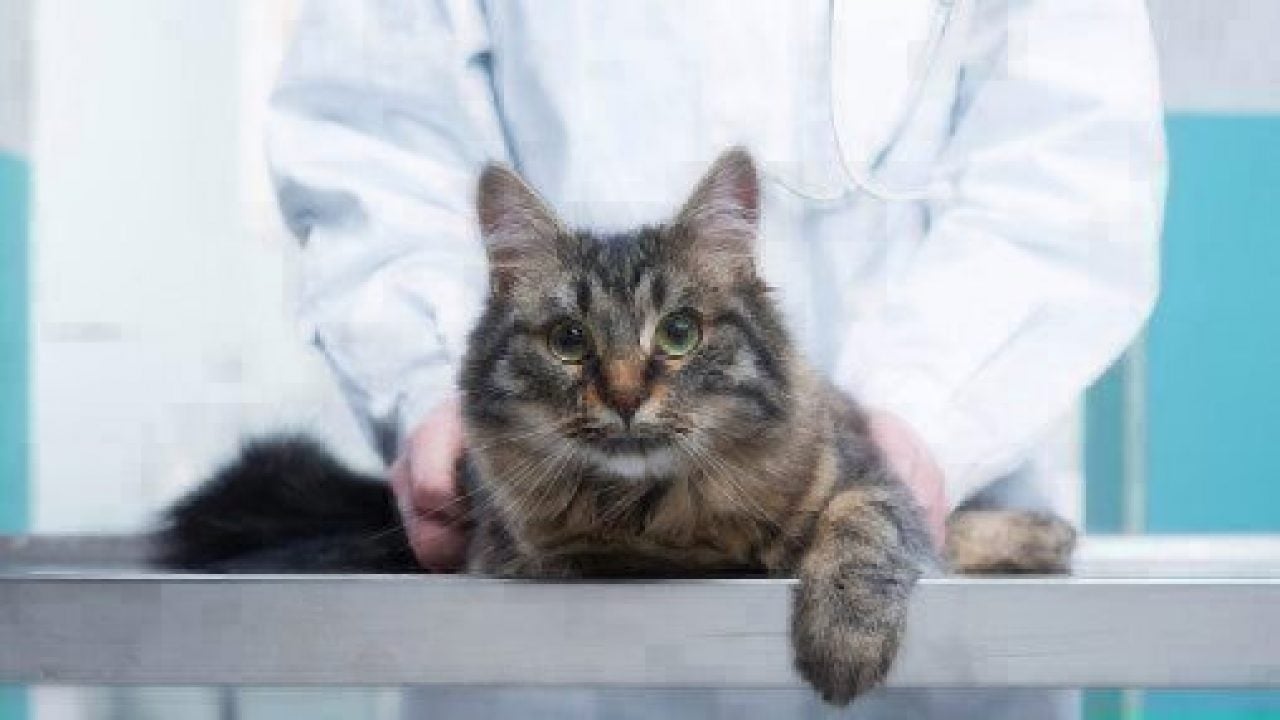Table of Contents
Whipworms, properly known as the infection Trichuris Serrata, get their name from the fact that they are quite literally shaped like a small, 45-75mm whip. Whipworm infections are more common in dogs than cats, but still need to be taken very seriously in cats and kittens.
Cats can become infected by ingesting anything contaminated with whipworm eggs or larva. Whipworms can live in soil, food, and water anywhere from a few months to a few years. Their eggs can be found in feces and animal flesh as well.
Once swallowed, the eggs make their way into the cat’s intestine where they take three months to hatch. There in the soft tissue, whipworms feed off the nutrients from your cat’s already digested food.
Soon, your cat’s immune system becomes extremely compromised and its bowels become inflamed. With the whipworm absorbing so much of its nutrients, your cat will begin to lose weight, become listless, and fall ill.
Symptoms
As with many parasites, many cats won’t show any evident symptoms until the worms begin to multiply and take a toll. As your cat’s health worsens, symptoms may include:
- Diarrhea
- Weight loss
- Inflammatory bowel syndrome
- Dehydration
- Blood in stool (in severe, rare cases where whipworm infestation causes hemorrhagic effect in the colon)
To know definitively if your cat has whipworms, your vet will have to conduct a test of your cat’s feces. Make sure you bring in the most recent feces sample possible.
Treatment
While there are no medications approved specifically for whipworms, your veterinarian can provide you with a deworming medication proven to be very effective at treating whipworm. Deworming medications work by paralyzing the whipworms, so that they release their grip on your cat’s intestines and can be passed through the stool.
Because whipworms lay so many eggs and spend so much time inside your cat’s body, the treatment process can take several months. Make sure to follow-through the entire deworming plan so you can remove this very serious parasite for good. Your vet may also prescribe anti-inflammatory drugs during this time to alleviate any of your cat’s ongoing stomach pains, or intravenous care if your cat has become very dehydrated or anemic as a result of the whipworms.
Deworming medications are available through injections, oral tablets, and liquid forms. Your vet can recommend the best treatment plan for your unique cat. You should schedule a follow-up exam to ensure all eggs have been removed from your cat’s system, which can be proven through a fecal test.
Prevention
Whipworms are contracted through exposure to contaminated areas, though it can be hard to know if an outdoor area has been affected by whipworm eggs or larva. To ensure your cat’s safety, keep them inside as often as possible.
Keep your cat’s litter box clean and sanitary. Regularly rinse it and allow it to dry in direct sunlight if possible.
Can I Get Whipworms from My Cat?
Nope, you’re safe! While humans can get whipworms, we can’t get the same species of whipworms that cats can get and therefore your cat’s whipworm can’t be transmitted to you.
By enrolling your cat early, conditions and illnesses like parasite infection treatments will be covered up to 90% by your Healthy Paws pet insurance. Find out more by getting a free quote.
The content is not intended to be a substitute for professional veterinarian advice, diagnosis, or treatment. Always seek the advice of your veterinarian or other qualified health provider with any questions you may have regarding a medical diagnosis, condition, or treatment options.






